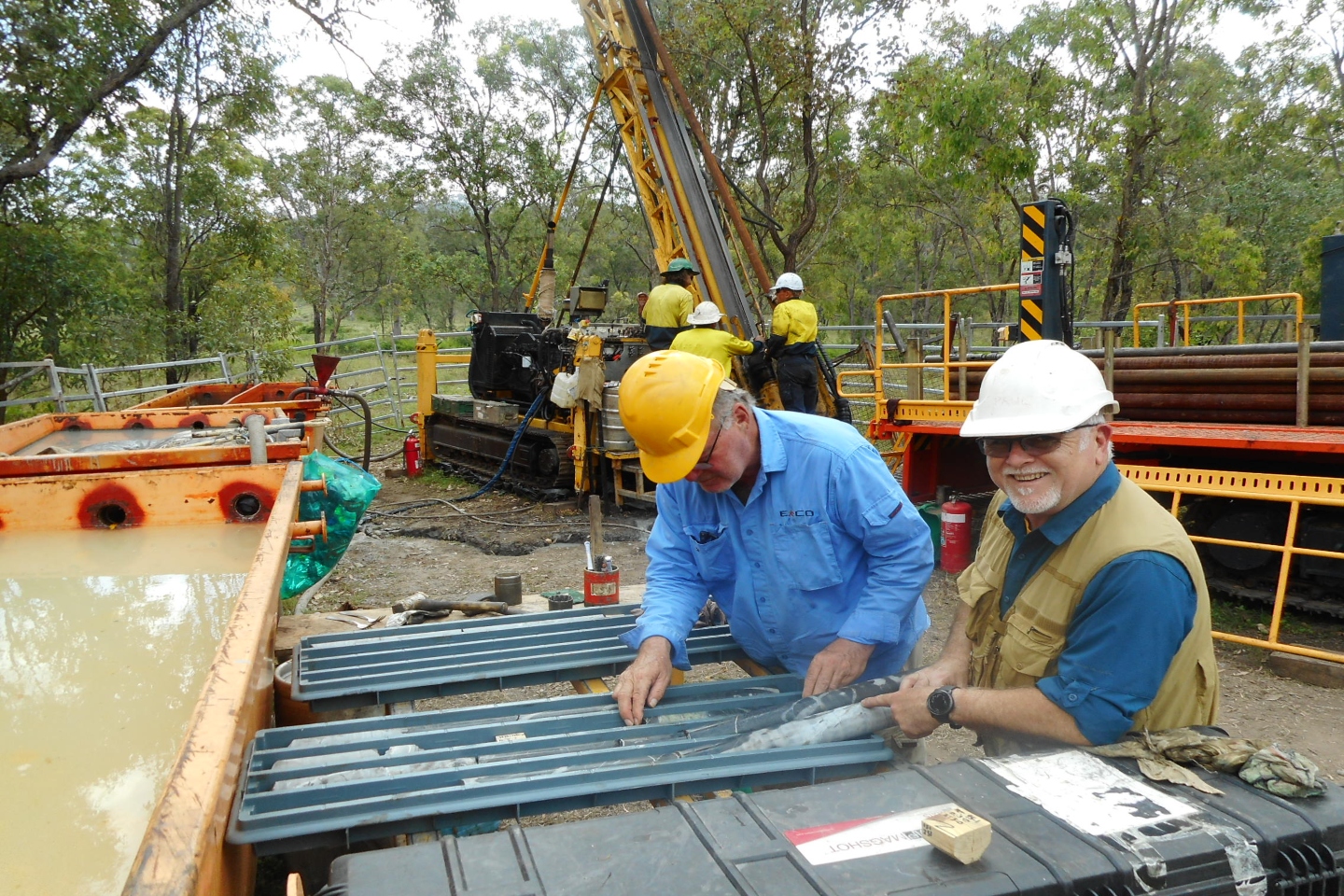Alma Metals has revealed a new 32.8m diamond drill hit of 0.78 per cent copper mineralisation across the contact between the granodiorite intrusion and enclosing volcanics at its Briggs project in Queensland. The hole tested the south-eastern margin of the Briggs Central resource zone and management says it further validates its concept of elevated copper grades in the near-surface zone straddling the two rock types.

Alma Metals has revealed a new 32.8m diamond drill hit of 0.78 per cent copper mineralisation across the contact between the granodiorite intrusion and enclosing volcanics at its Briggs project in Queensland.
The hole tested the south-eastern margin of the company’s Briggs Central resource zone and management says the results further validate its concept of elevated copper grades in the near-surface zone straddling the two rock types.
The project includes the currently-defined Briggs copper deposit that contains an inferred total mineral resource of 415 million tonnes at a grade of 0.25 per cent copper and 31 parts per million molybdenum, split between the main Briggs Central porphyry zone and a nearby smaller Northern porphyry zone.
The latest drillhole intersected a good thickness of high-grade copper-moly mineralisation from surface to a downhole depth of 136.3m, including 51m from surface going 0.59 per cent copper and 61ppm moly. The intercept was spiced up with a handy included zone of 32.8m running 0.78 per cent copper and 72ppm moly.
Management believes the high-grade, near-surface results that occur just above the base of oxidation most likely reflect a modest “bonanza zone” style of supergene enrichment. However, the hole is beyond being just a one-trick pony, as the core also revealed a 120m-long zone of strong copper-moly mineralisation continuing to the bottom.
The deeper zone is being tentatively interpreted as reflecting hole continuity into the north-western margins of a mineralised halo around the Southern porphyry target zone, with the implication that the Southern and Central resource zone halos could possibly connect at depth.
The style of mineralisation encountered in the deeper zone evokes further interest, as it comprises multiple thick zones of coherent copper mineralisation and molybdenum grades that are significantly higher than those identified in the Central zone inferred resource.
Additionally, the mineralisation occurs as chalcopyrite and molybdenite grains in quartz veins within both heavily-altered volcanic sediments and as fine disseminations throughout the rock mass, suggesting a possible saturation of much of the rock in the near contact zone by mineralising fluids.
googletag.cmd.push(function() { googletag.display('bn-dfp-article-lb2-advert'); });A possible further implication is that the south-west zone of the Briggs Central resource could be extended by additional testing of the “halo” area around the Southern porphyry. It may also turn up additional near-surface supergene mineralisation enhancement, which could improve the economics of any open pit pre-strip or near-surface mining.
Currently, the north-western margins of any possible “mineralised halo” around the Southern porphyry are only hinted at by two drillholes on the same section as the latest hole. One contains 22m grading 0.23 per cent copper and 20ppm moly in the volcanic sediments, while the second hole on the contact between the felsic intrusives and the volcanic sediments shows 20m going 0.33 per cent copper and 17ppm moly.
Alma points out that surface geochemistry effectively screams out to define the potential for linking the Central and Southern zones, while the limited drilling on the south-west margins of the inferred resource also shows the potential for a higher-grade halo has not been fully tested at either surface or at depth.
The company says results from a further four diamond core holes into the Briggs Central porphyry resource zone are expected within a month. It will be interesting to see if it further validates Alma’s project modelling.
Is your ASX-listed company doing something interesting? Contact: matt.birney@businessnews.com.au
















